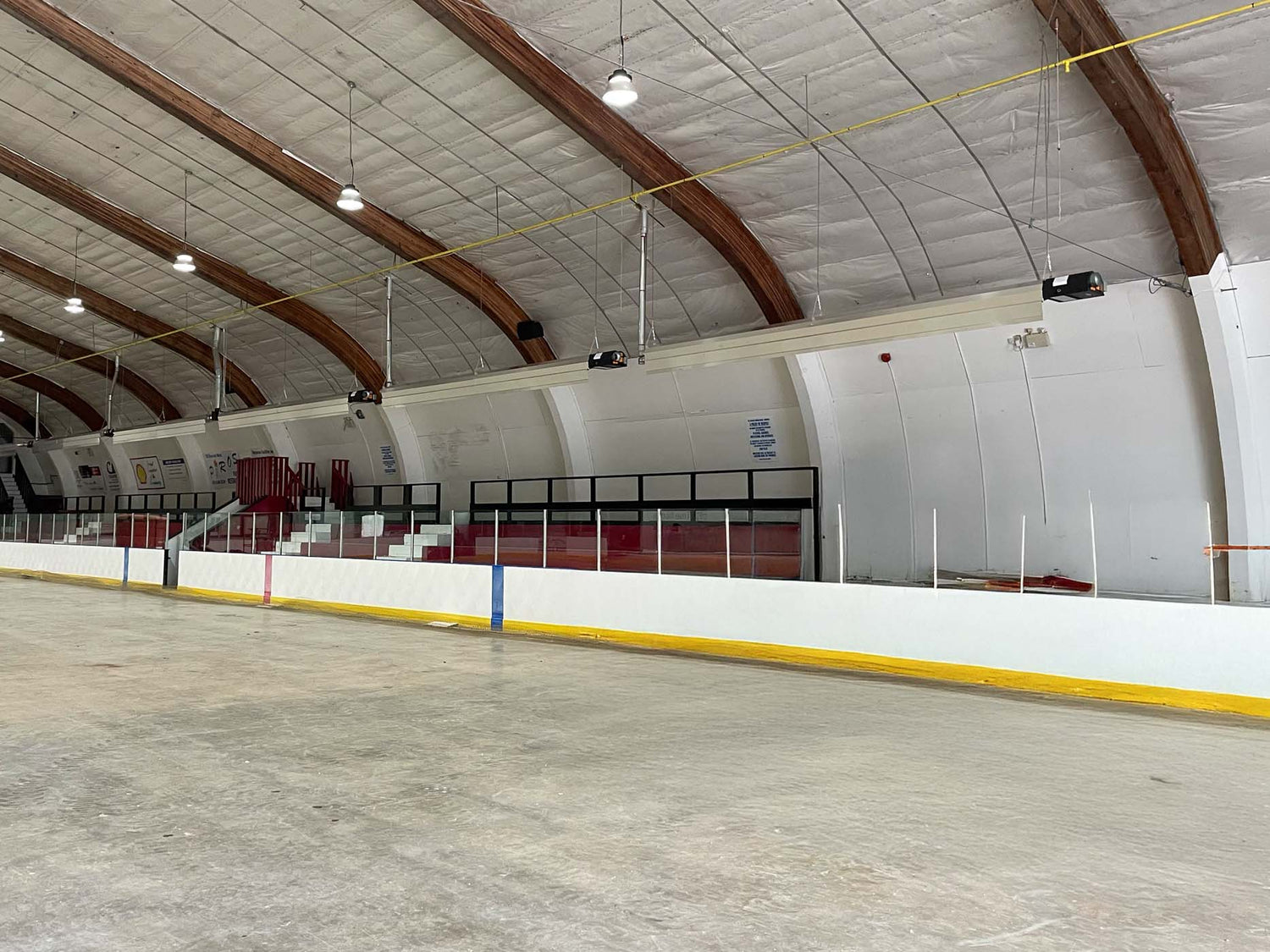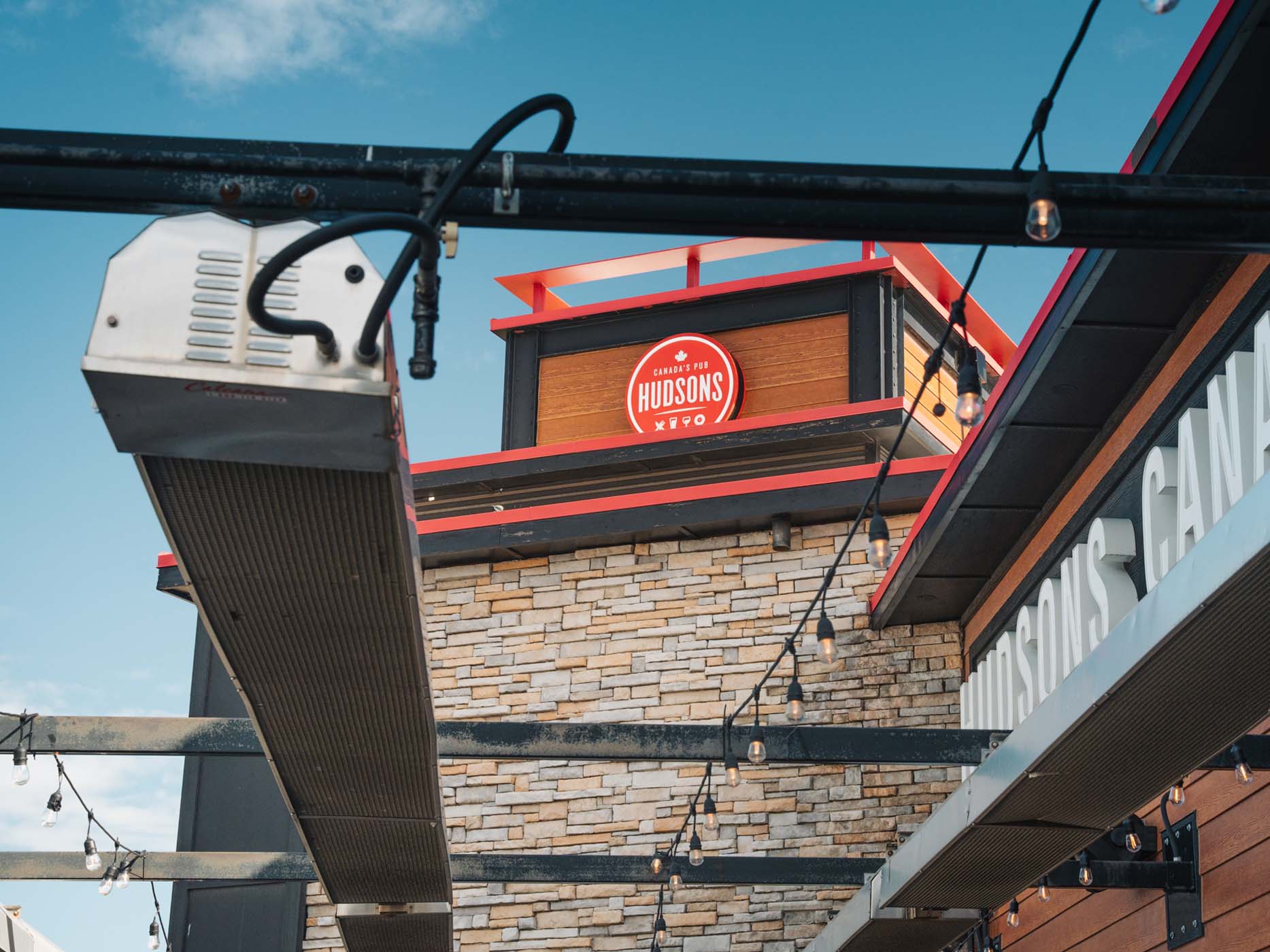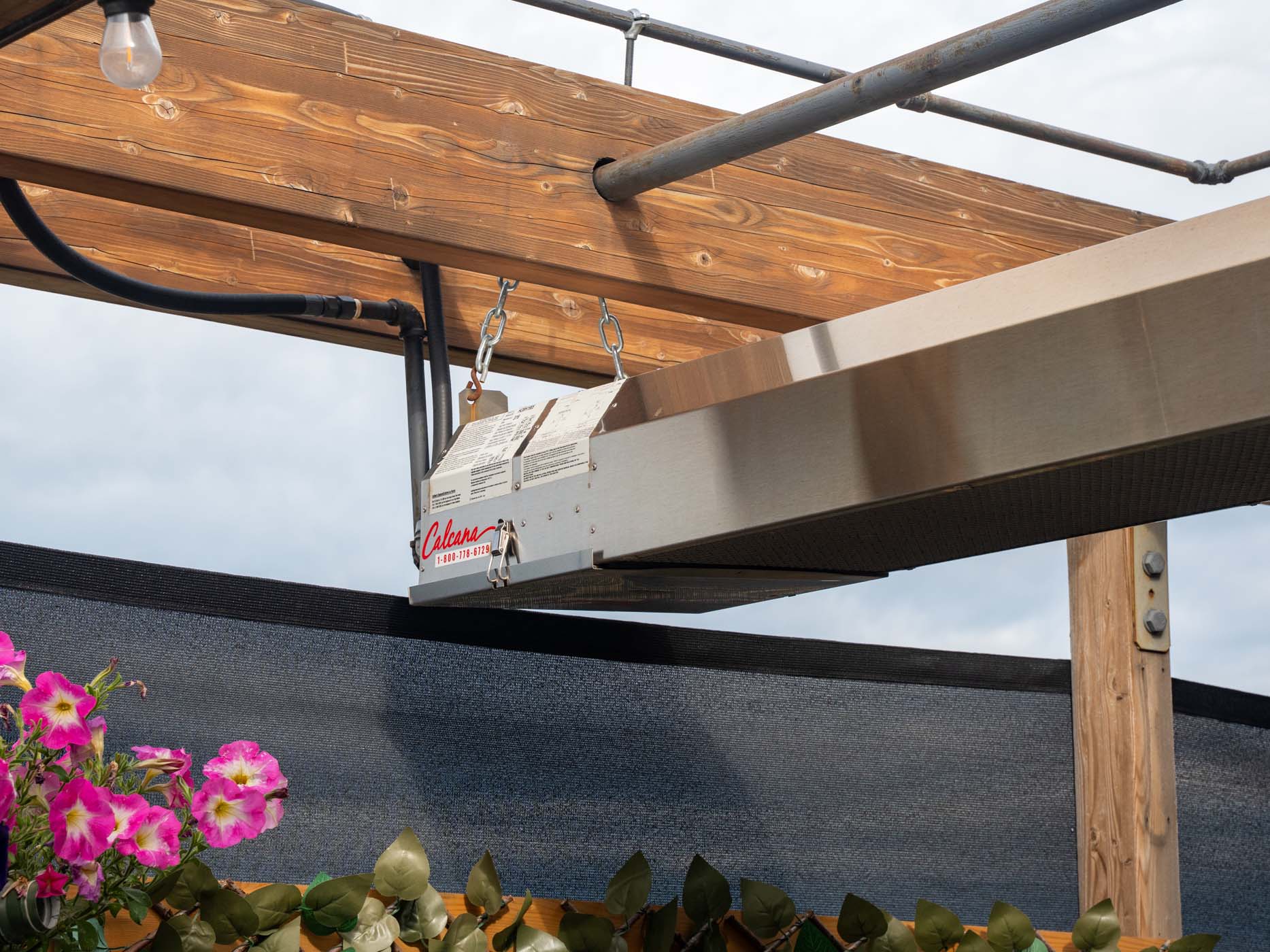Heating a large or open space has always been a challenge. Whether you’re managing a 40,000-square-foot warehouse, running a busy auto bay with doors opening every five minutes, or trying to keep a bustling restaurant patio pleasant on a chilly evening, traditional heating methods can feel like pouring money into thin air. Literally.
That’s where infrared technology steps in. Instead of moving and warming huge volumes of air, infrared heaters work the way the sun does, sending invisible waves of energy that warm people, floors, furniture, tools, and even vehicles directly. For anyone responsible for comfort in a big, drafty, or semi-outdoor environment, this shift from “air heating” to “radiant heating” can be a game-changer.
This article takes a deep dive into how infrared heaters work in large open spaces, why they’re so effective, what it takes to size them correctly, and how to choose the right model. We’ll also explore the maintenance and cost-saving aspects so you can make a fully informed decision.
Understanding Infrared Heating Technology & How It Can Effectively Heat Large Open Areas
Infrared heating uses the same principle as the sun. Instead of heating air, it emits electromagnetic waves in the infrared spectrum. These waves travel through the air until they strike a solid object, people, floors, furniture, machinery, imparting heat directly.
This mechanism provides three major advantages over traditional forced-air heating in large spaces:
-
Direct Comfort: Occupants feel warmth instantly, even if the surrounding air is cool.
-
Efficiency: Less energy wasted trying to heat an ocean of air in a big room.
-
Evenness: Fewer hot and cold spots compared to blown-air systems.
There are different types of infrared heaters, short-wave, medium-wave, and long-wave (a.k.a. radiant tube heaters), each with distinct strengths. For large open areas, medium- and long-wave radiant heaters are typically preferred for even, gentle heat.
Challenges of Heating Large Open Spaces
Traditional heating systems were designed for enclosed rooms. Once you scale up, you run into physics and cost problems:
-
Volume vs. Occupants – Heating 50,000 cubic feet of air just to keep a handful of people warm is extremely inefficient.
-
High Ceilings – Hot air rises and gets trapped above occupants, leaving the working or seating area uncomfortably cool.
-
Constant Air Exchange – Large doors, bay windows, or open walls let conditioned air escape almost immediately.
-
Uneven Occupancy – People cluster in certain zones while other areas remain empty, but forced-air systems treat everything the same.
-
Energy Costs – Fuel bills skyrocket because you’re heating and reheating air that never stays put.
These factors combine to make comfort and cost hard to balance. That’s why facility managers, restaurateurs, and even homeowners with large garages have increasingly turned to infrared.
How Infrared Heaters Perform in Large Areas
Infrared heaters bypass the air altogether. Their radiant energy travels until it strikes a surface, skin, clothing, tables, machinery, and converts instantly into warmth. This makes them far more resilient to drafts and door openings than forced-air units.
Benefits include:
-
Immediate Warmth – People feel heat within seconds of activation.
-
Targeted Comfort – You can zone the space and heat only the areas being used.
-
Reduced Pre-Heat Times – No need to run units for hours before occupancy.
-
Better Energy Use – Because you’re not reheating air, fuel savings of 30–50% are common.
In practice, that means employees on a warehouse floor, customers on a patio, or mechanics in a service bay can feel consistent warmth even when the ambient air is cooler. Over time, this translates to lower bills and happier occupants.
Indoor Applications: Warehouses, Garages, Churches, & More
Infrared heating has become a go-to solution for a surprising range of indoor environments:
-
Warehouses & Distribution Centers – Radiant tube heaters installed high overhead warm workers and products without wasting energy heating the entire air volume.
-
Garages & Service Bays – Mechanics stay warm and tools remain at workable temperatures even as bay doors open frequently.
-
Aircraft Hangars – These cavernous spaces are notoriously hard to heat with air-based systems. Long radiant tubes mounted along the ceiling deliver even, quiet warmth.
-
Churches & Community Halls – Historic buildings with high vaulted ceilings benefit from nearly silent, unobtrusive infrared units, creating a comfortable environment for worship or events without blowing dust or allergens.
-
Industrial Workshops – Infrared heat keeps equipment and materials at stable temperatures, reducing condensation and improving productivity.
The modular nature of infrared systems makes them easy to scale up or down. You can install units only where needed and add more later without redesigning your whole HVAC layout.
Outdoor Applications: Patios, Stadiums, & Open-Air Venues
The true magic of infrared appears outdoors or in semi-open spaces. Because it heats objects rather than air, it retains effectiveness even with breezes or open walls, conditions that render forced-air systems nearly useless.
Common uses include:
-
Restaurant Patios – Extend dining seasons deep into fall or start earlier in spring.
-
Sports Venues – Keep player benches, VIP seating, or press areas comfortable without massive energy bills.
-
Event Tents & Festival Grounds – Quick, nearly silent warmth that can be deployed temporarily.
-
Rooftop Bars & Terraces – Unobtrusive overhead mounting keeps sightlines clear while delivering targeted heat.
High-output gas-fired infrared heaters are particularly well-suited to these spaces. They can be angled and zoned to cover wide swaths without blasting air or occupying floor space.
Sizing Infrared Heaters for Large Spaces
Effectiveness hinges on proper sizing and placement. A single “big” unit is rarely the answer. Instead, think in terms of coverage patterns and zones:
-
Mounting Height – The higher you mount a heater, the larger but less intense its footprint. High ceilings require higher-output units or more fixtures.
-
Spacing & Angling – Overlapping coverage ensures even warmth.
-
Wind & Air Movement – Outdoor installations in breezy areas need more BTUs or closer spacing to counteract heat dispersion.
-
Zoning Controls – Multiple smaller heaters can be grouped and controlled independently, allowing you to heat only occupied zones.
Professional layout assistance is often worth it, especially for commercial or industrial installations. Companies like Calcana routinely create custom layouts to maximize comfort and efficiency.
Fuel Types: Electric vs. Gas Infrared Heaters
For large spaces, the two main fuel types are:
-
Natural Gas/Propane Infrared Heaters: Ideal for commercial and industrial settings. Long radiant tube heaters can produce significant BTUs for big areas.
-
Electric Infrared Heaters: Great for smaller or medium-sized zones, or where gas lines aren’t available. Easier installation but generally lower heat output compared to gas.
Each has pros and cons regarding installation cost, operating cost, and control options. Hybrid systems are sometimes used to optimize zones.
Maintenance Needs of Infrared Heaters
One of infrared heating’s strongest selling points is low maintenance. With few moving parts, no blowers, filters, or ductwork, the upkeep is straightforward:
-
Annual Cleaning – Wipe down reflectors and tubes to maintain optimal reflectivity.
-
Safety Checks – Inspect gas connections, valves, and mounting brackets once or twice a year.
-
Controller Calibration – For units with thermostatic or modulating controls, verify settings seasonally.
Because components operate at steady temperatures wear and tear is minimal. Many commercial-grade infrared heaters last 15–25 years or more with only routine checks.
Cost Savings & ROI
Infrared heaters can pay for themselves surprisingly quickly:
-
Lower Fuel Bills – Typical savings of 30–50% compared to forced-air systems.
-
Reduced Warm-Up Times – Only heat when and where you need it, cutting wasted run time.
-
Longevity – Durable units mean fewer replacements and lower lifecycle costs.
-
Revenue Gains – For restaurants and venues, extending the patio season by weeks or months can generate tens of thousands in extra revenue.
When calculating ROI, consider not just energy savings but also increased usable space and customer or employee satisfaction.
Choosing the Best Infrared Heater for a Large Room
Selecting the right unit is about more than BTUs. Key considerations include:
-
Coverage Area & Ceiling Height – How big is the footprint you need to heat?
-
Fuel Availability – Natural gas and propane offer high output; electric models suit smaller zones or sites without gas lines.
-
Mounting Options – Ceiling, or wall, depending on space and aesthetics.
-
Controls – On/off, thermostatic, or modulating controls affect comfort and efficiency.
-
Design – In public-facing areas like restaurants, the look of the heater matters; sleek low-profile designs blend into décor.
Working with a manufacturer or distributor who can model your space and recommend a configuration will ensure you get both comfort and efficiency.
Final Thoughts: The Smart Way to Heat Big Spaces with Calcana
Large open spaces challenge conventional heating systems. Rising fuel costs, high ceilings, and constant air exchange make forced-air units inefficient and often ineffective. Calcana Infrared heaters solve these problems by warming people and objects directly, bypassing the limitations of air heating.
From warehouses and garages to patios and stadiums, Calcana infrared technology delivers targeted comfort, energy savings, and long service life with minimal maintenance. Whether you’re a facility manager, restaurant owner, or homeowner with a big garage, a properly designed infrared system can transform your space into a comfortable, efficient environment year-round.
If you’re exploring heating options for a large space, consider speaking with a Calcana infrared specialist. The right layout and product choice can unlock both comfort and cost savings for many seasons to come.




Leave a comment
This site is protected by hCaptcha and the hCaptcha Privacy Policy and Terms of Service apply.